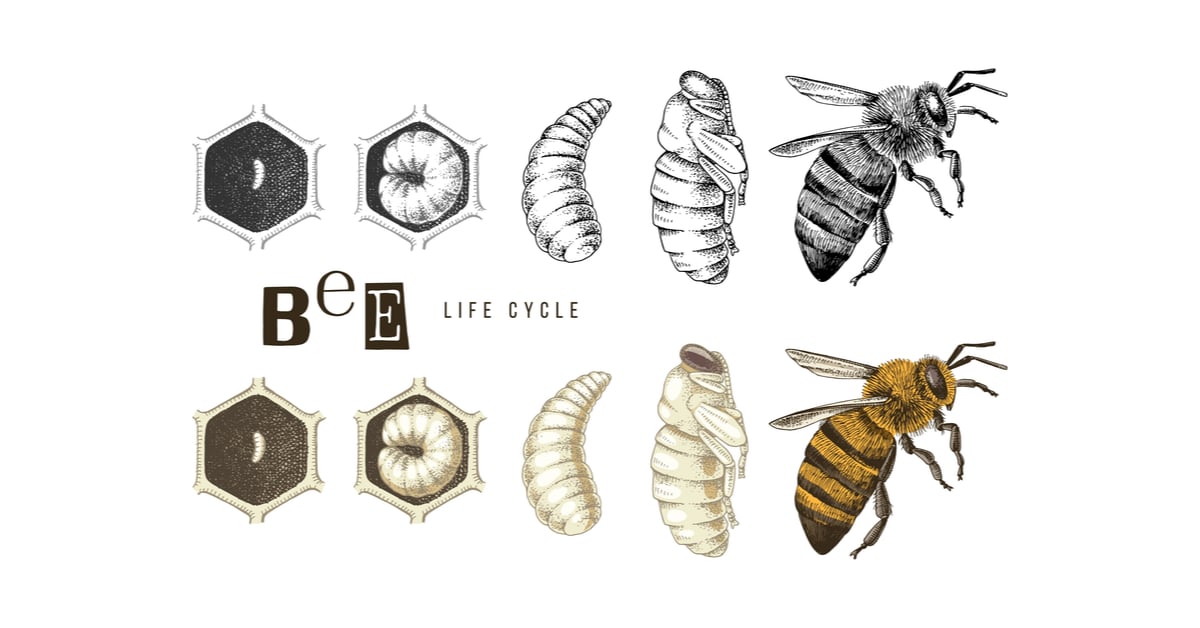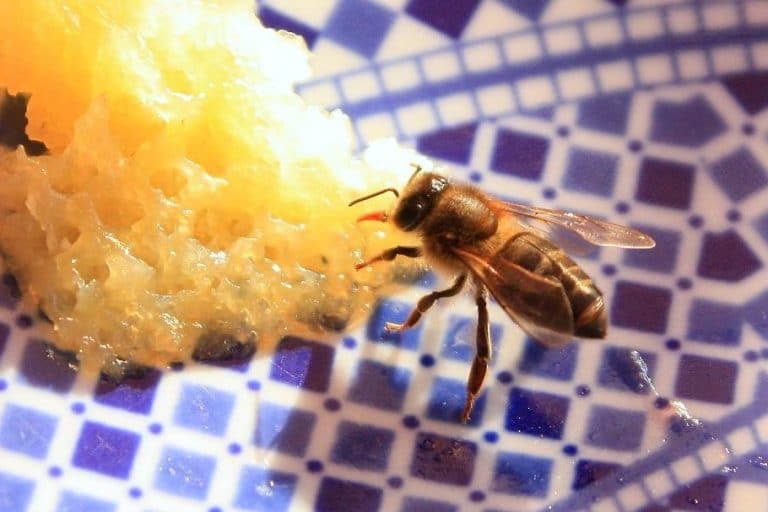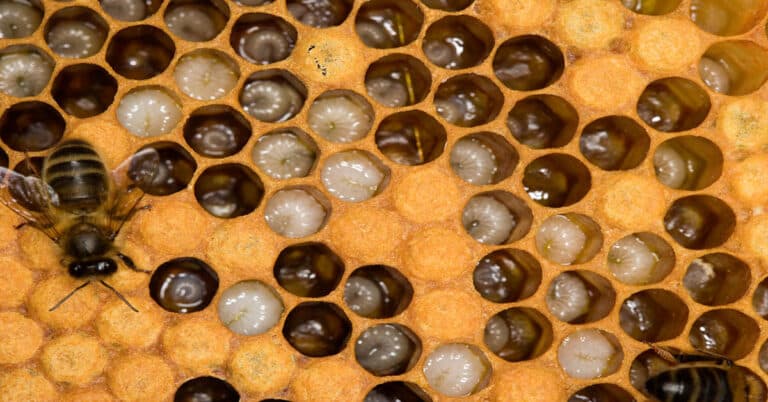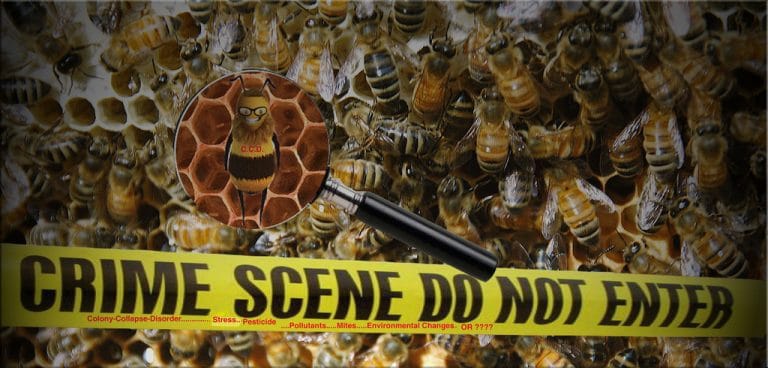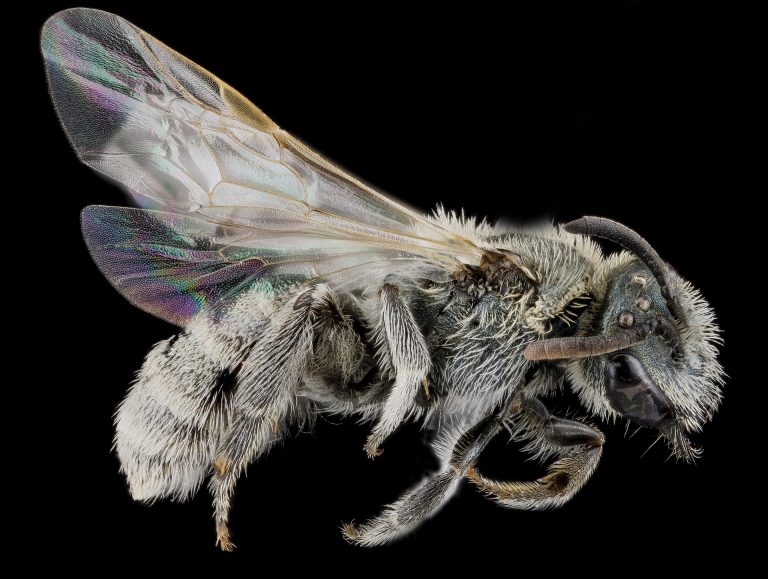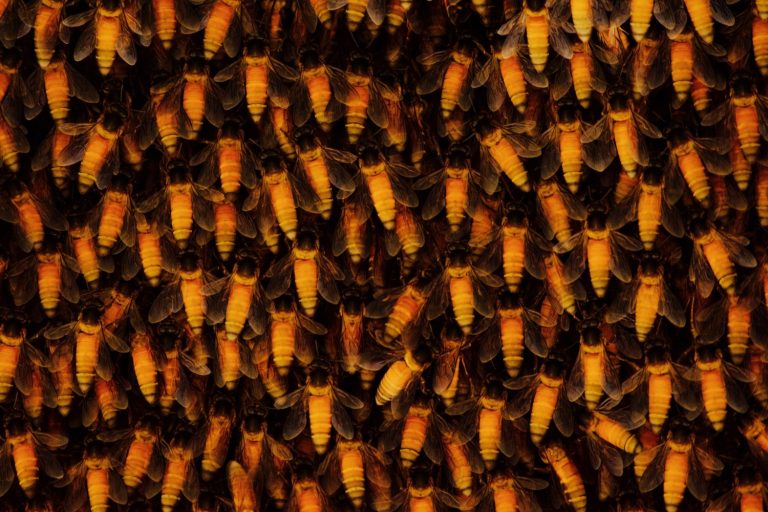Bee Life Cycle
Honey bees have amazed us with their ability to cooperate and collaborate to live in organized colonies. For years, researchers have studied bees’ behavior as they dedicate themselves to making honey and also the bee life cycle. From filling honeycombs to biting intruders who invade their territory, these bees are highly interesting creatures. In the same way, a bee’s life cycle is a highly interesting process.
Since its birth, a honey bee starts its fascinating journey. This article will help us understand the journey better by looking closely at its life from when it’s an egg up until it becomes an adult.
Bees are thought to be social insects since they live in colonies and work closely together. These small flying insects are also responsible for producing 1/3rd of the world’s food supply through pollination. And since they produce a valuable resource such as honey, many people have started beekeeping as a hobby.
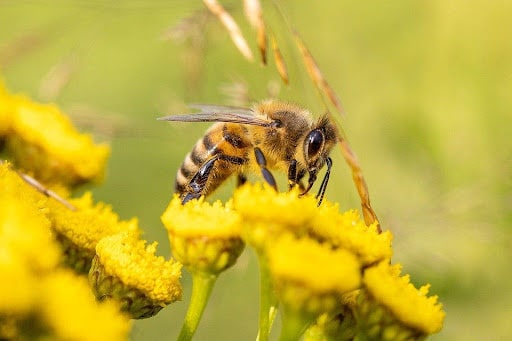
The Honey Bee Life Cycle
The bee life cycle has four stages. These are egg, larva, pupa, and then finally adult. The overall life cycle for other bees, such as drones and worker bees, is similar but may differ in terms of days and developments.
1. Honey Bee as Eggs
The first stage of a bee life cycle begins when the queen lays eggs. Ideally, a Queen bee lays over 2000-3000 eggs per day. The fertilized eggs go on to hatch into female honey bees, which are also known as worker bees. Meanwhile, the unfertilized eggs hatch to become male bees, also known as drones.
The eggs are laid inside the cells that bees have been cleaned by the workers to raise the new generation of bees. The Queen bee is very selective about the cell she wants to lay eggs in. If the cell isn’t spotless, she’ll move on to another cell to lay eggs. The queen lays its eggs upright, which might be hard to see with the naked eye. Moreover, the eggs’ overall width is 0.4 millimeters, so they’re very hard to see.
Workers are responsible for regulating the female to male population ratio. They do so by making smaller cells for female workers and larger cells for male workers.
2. The Larval Stage
After three days, the egg hatches into a larva in which the bee is a worm-like creature. In this stage, a bee has no legs, wings, or antennas; it is merely in a semi-solid state. Usually, the larvae appear white at first and resemble small grubs. It is tiny at first but grows, shedding its skin five times over the course of this stage. The royal jelly is fed to the female larvae by the honey bee workers, and so it goes on to become the queen bee. Let’s move on to the third stage of a bee life cycle.
3. The Pupa Stage
This is the stage where things begin to happen and change for the bee. In this phase, the bee begins to develop certain parts, such as eyes, wings, and legs. Moreover, coloration also begins to take place during this phase. The bee takes on familiar characteristics as an adult bee and begins developing a pink color at first, then purple, and then finally black.
After that, hair begins growing on its body as it begins to develop. After 12 days, the bee is developed enough to chew her way out of the wax and joins the rest of the crew.
4. The Adult Stage
Typically, a Queen bee takes 16 days to come out of the pupa stage. This is comparatively less than an average bee, which takes 18-22 days for completion. On the other hand, the drone takes 24 days to develop into an adult bee. This is the last stage of a bee’s life cycle.
Different Types of Honey Bees in a Colony
Each honey bee has a different role after it hatches from the eggs. As we mentioned before, there are numerous honey bees in the hives. These bees also have a significant difference in terms of roles and duties.
In a hive, the Queen Bee is the only female that gets to reproduce. The task of female worker bees is to make the hive and guard the queen, while the male bees, also referred to as drones, take off in search of other queen bees looking to mate.
The Role of a Queen Bee
All honey bee colonies have only a single Queen bee, who is also the biological mother of all the bees in the hive. These bees can be singled out by their large abdomens and white spots. If a second Queen bee emerges in the hive, the female bees either drive her out or the two Queens fight until one emerges victorious.
The primary role of a Queen bee is to only lay eggs to maintain the population of the colony. On average, she needs to lay around 1500 eggs per day to maintain a steady population.
The Role of a Worker Bee
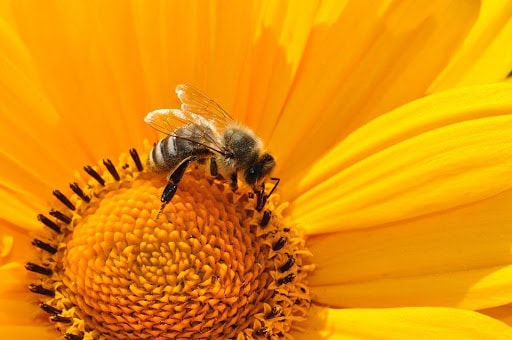
A worker bee is the most integral part of the beehive. All these workers are female and often change their tasks as they age. Younger female workers engage in work inside the nest, which includes taking care of the queen and the larvae. The duration of this role may depend on the overall condition and requirements of the beehive. They are also integral to maintaining the process of a bee’s life cycle.
Typically, a worker bee works inside the hive for a few months and later adopts outside tasks such as guarding. The last role for a worker bee is that of a forager. This involves the bees venturing outside the nest to collect pollen and other necessities for the hive.
The Role of a Male Bee (Drone)
A typical male bee has no significant role other than assisting in reproduction. They lack stingers and have larger eyes, unlike female bees. They are only around for a few months over the year and mate with different Queen Bees to spread colonies. Every day, they leave the colony in search of another Queen Bee who is looking to mate.
Final Thoughts
We hope you learned a lot of things about a typical honey bee life cycle from our guide. Honey bees live an interesting but very short life of just a few days. Nevertheless, their hard work and contribution to the environment is a commendable feat.

Having discovered a fondness for insects while pursuing her degree in Biology, Randi Jones was quite bugged to know that people usually dismissed these little creatures as “creepy-crawlies”.

